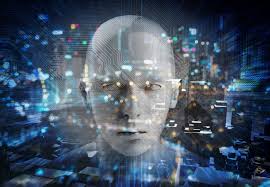
“Breakthrough: AI Beats Scientists to Superbug Solution in Record Time 2025”
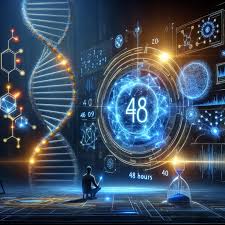
In a stunning leap for science and technology, artificial intelligence has cracked a problem that has confounded scientists for years — and it did it in just 48 hours.
World
The breakthrough centers around the growing global threat of superbugs — bacteria that have become resistant to antibiotics, rendering once-powerful treatments useless. These drug-resistant microbes are considered one of the gravest threats to global health, responsible for nearly 5 million deaths annually, according to recent estimates by the World Health Organization.
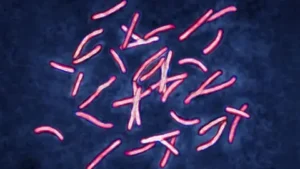
For decades, researchers have been locked in a high-stakes race to develop new antibiotics or to identify molecules capable of defeating these evolving pathogens. But the process is slow, expensive, and filled with dead ends. That’s where AI just changed the game.
From Years to Days: The AI Advantage
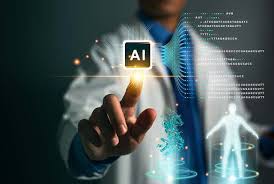
In a recent study, researchers fed vast datasets of molecular structures and known antibiotics into a powerful AI model designed to predict which compounds could effectively target specific bacterial strains. What would normally take human teams years of trial and error, the AI achieved in two days: identifying a novel compound with strong antibacterial properties — and crucially, one that the target bacteria hadn’t developed resistance to.
This isn’t just a matter of speed. The AI was able to think differently — scanning through millions of potential molecular combinations, most of which human scientists might never even consider due to preconceived notions or existing research limitations.
Dr. James Collins, a professor of medical engineering and science at MIT and one of the project leads, said, “The AI didn’t just replicate our thinking — it surpassed it. It found a molecule structurally different from any known antibiotic.”
How AI Did It
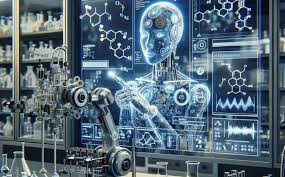
The AI model used is a form of deep learning, a type of machine learning that mimics the way the human brain processes information. It was trained on databases of chemical compounds, their biological effects, and how various bacteria responded to them. Once trained, the system could accurately predict how different molecules would interact with specific bacteria, identifying potential “superbug killers” at a fraction of the time and cost.
One of the most exciting outcomes? The discovery of a new compound that was shown in lab tests to eliminate Acinetobacter baumannii, one of the most dangerous and drug-resistant bacteria found in hospitals today. The World Health Organization has listed it as a “critical” priority pathogen — meaning it poses a serious threat and needs urgent new treatment options.
The Future of Drug Discovery?

This isn’t the first time AI has been used in drug discovery, but it may be the most dramatic demonstration of its power yet. Experts are already calling this a watershed moment — one that could reshape how new medicines are discovered, developed, and brought to market.
Imagine AI not just accelerating research but unlocking doors we never even knew existed. That’s where the potential lies.
Of course, it’s not the end of the road. The compound still needs to go through rigorous clinical testing before it can be approved for human use. But the discovery has lit a new path forward.
A Wake-Up Call — and a Glimpse of What’s Possible

For researchers, this is a wake-up call — and a hopeful one. It shows that by combining human expertise with machine intelligence, we can take on even the most formidable challenges.
The superbug crisis isn’t going away any time soon. But for the first time in a long time, there’s real momentum — and a new ally in the fight.
AI might not wear a lab coat, but it just made a major contribution to science. And if this breakthrough is any indication, it’s only getting started.






